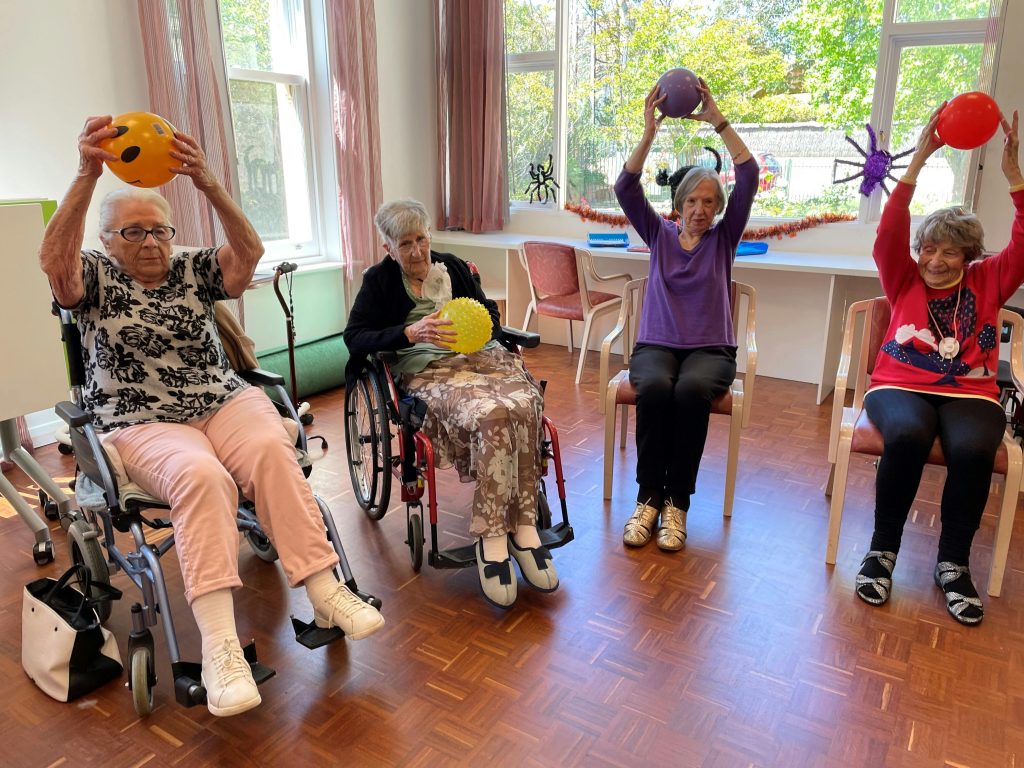Online visibility is paramount for senior living communities seeking to attract residents and families in need of care. With the ever-increasing competition in the senior care industry, mastering Google Ads has become a crucial skill for facilities aiming to boost their visibility and reach their target audience effectively.
I. Understanding Google Ads for Senior Living Communities
A. Overview of Google Ads
Google Ads, formerly known as Google AdWords, is an online advertising platform developed by Google. It allows advertisers to display advertisements, service offerings, product listings, and video content within the Google ad network to users conducting searches relevant to their offerings.
B. Importance for Senior Living Communities
Google Ads offers senior living communities a powerful tool to increase visibility and reach potential residents and their families at the moment they are actively searching for senior care options. Key benefits include:
- Targeted Reach: Ads can be targeted based on geographic location, demographics, interests, and search intent.
- Immediate Visibility: Ads appear at the top of search engine results pages (SERPs), providing instant visibility to a relevant audience.
- Measurable Results: Ad performance can be tracked and measured in real-time, allowing for optimization and refinement of campaigns.
II. Key Components of Google Ads Mastery
A. Keyword Research and Selection
1. Keyword Planning
- Identify relevant keywords related to senior living communities, including terms such as “assisted living,” “memory care,” “senior housing,” and location-specific variations.
- Utilize keyword research tools such as Google Keyword Planner, SEMrush, or Ahrefs to identify high-volume and low-competition keywords.
2. Negative Keywords
- Compile a list of negative keywords to prevent ads from appearing in irrelevant searches, such as “nursing home,” “independent living,” or “home care.”
B. Compelling Ad Copywriting
1. Ad Headlines and Descriptions
- Craft attention-grabbing headlines that resonate with the target audience and highlight unique selling propositions (USPs) of the senior living community.
- Write compelling ad descriptions that emphasize key benefits, amenities, and services offered, addressing the needs and concerns of potential residents and families.
2. Call-to-Action (CTA)
- Include a clear and concise call-to-action (CTA) in ad copy, prompting users to take desired actions such as scheduling a tour, requesting more information, or contacting the facility.
C. Ad Extensions
1. Sitelink Extensions
- Utilize sitelink extensions to provide additional links to relevant pages on the senior living community’s website, such as services, amenities, pricing, and testimonials.
2. Call Extensions
- Enable call extensions to allow users to contact the facility directly from the ad, facilitating immediate engagement and inquiries.
D. Landing Page Optimization
1. Relevance and Consistency
- Ensure landing pages align closely with ad messaging and offer a seamless transition for users from ad click to conversion.
- Optimize landing page content to provide valuable information, address user queries, and encourage desired actions.
2. Mobile Optimization
- Design landing pages with mobile responsiveness in mind to cater to users accessing the website from smartphones and tablets.
- Streamline navigation and minimize load times to enhance the mobile user experience.
E. Conversion Tracking and Analysis
1. Setting Up Conversion Tracking
- Implement conversion tracking to measure and track specific actions taken by users, such as form submissions, phone calls, or website visits.
- Define conversion goals aligned with business objectives, such as lead generation, tour bookings, or move-ins.
2. Performance Analysis
- Regularly analyze ad performance metrics, including click-through rate (CTR), conversion rate, cost-per-click (CPC), and return on ad spend (ROAS).
- Identify trends, insights, and areas for improvement to optimize campaigns and maximize ROI.
III. Advanced Strategies for Google Ads Success
A. Remarketing Campaigns
1. Targeting Past Visitors
- Implement remarketing campaigns to re-engage users who have previously visited the senior living community’s website but did not convert.
- Tailor ads to specific audience segments based on past interactions and interests, such as users who viewed pricing pages or requested information.
B. Geographic Targeting
1. Localized Targeting
- Leverage geographic targeting to focus ad spend on specific geographic areas where the senior living community operates or aims to attract residents.
- Adjust bidding strategies and ad messaging based on regional preferences and market dynamics.
C. Ad Schedule Optimization
1. Strategic Timing
- Analyze historical ad performance data to identify optimal times and days of the week for running ads.
- Schedule ads to coincide with peak search activity and user engagement periods.
IV. Conclusion
Mastering Google Ads is essential for senior living communities looking to enhance their online visibility, attract qualified leads, and ultimately increase occupancy rates. By implementing strategic keyword research, compelling ad copywriting, effective ad extensions, landing page optimization, and conversion tracking, facilities can achieve Google Ads mastery and stand out in a competitive market. Continuous analysis, refinement, and adaptation of campaigns are key to maximizing ROI and driving sustained success in digital advertising for senior living communities.



